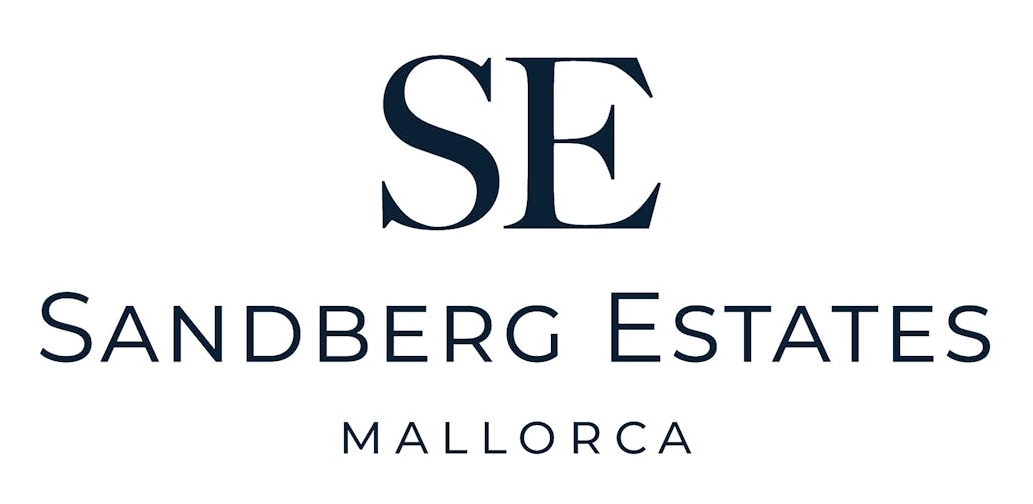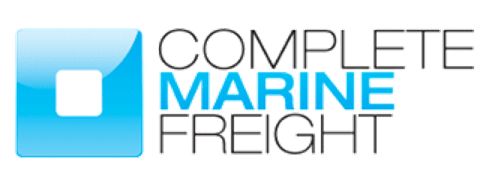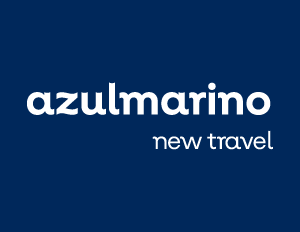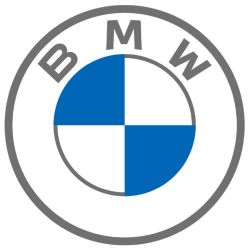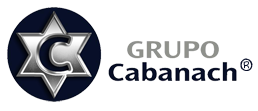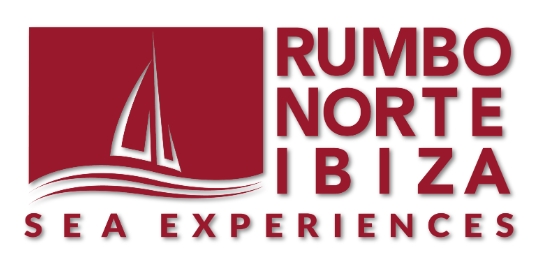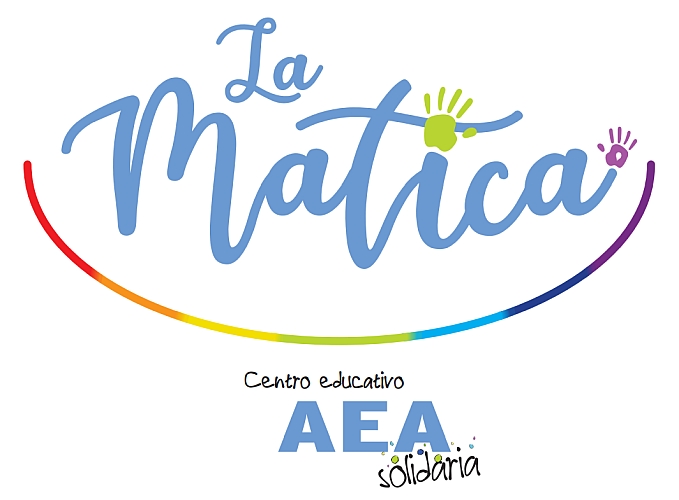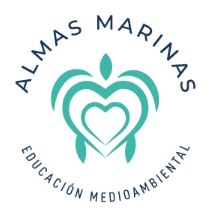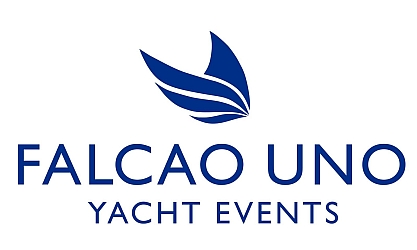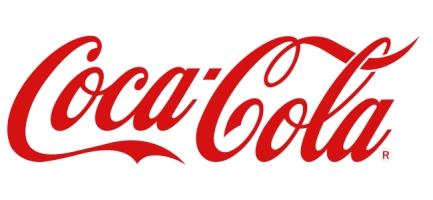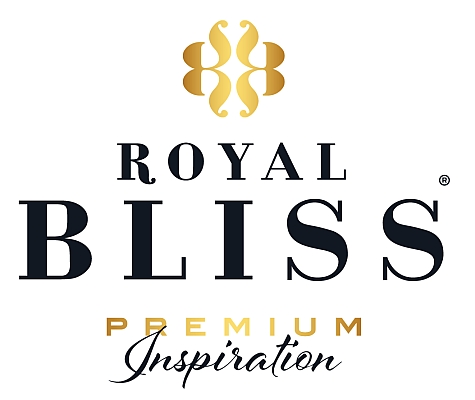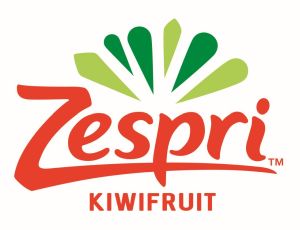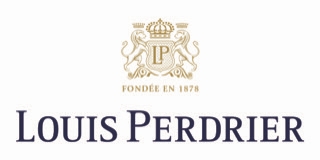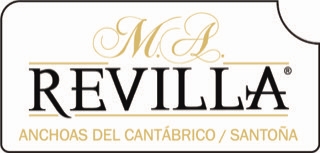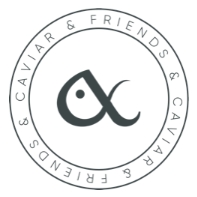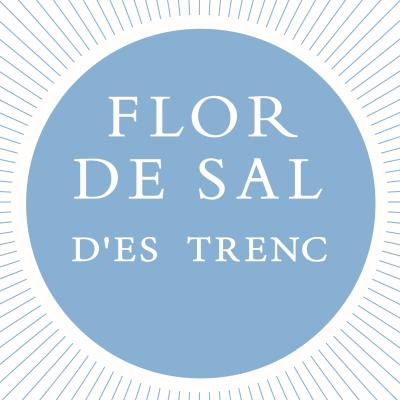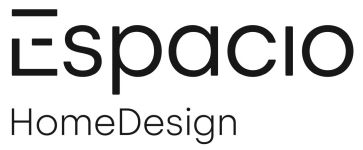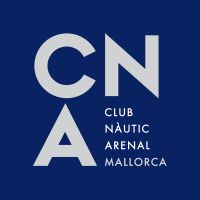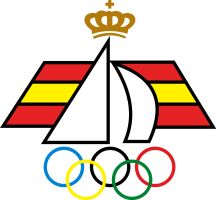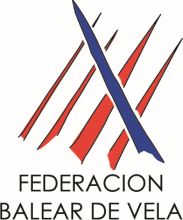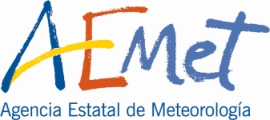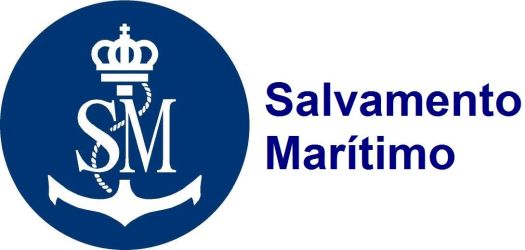Origins
The history of the Copa del Rey MAPFRE is the chronicle of competition sailing of the highest level in Spain and the Mediterranean. More than thirty editions support a sports event that has tried, from its very beginning, to improve day by day, growing into one of the most prestigious European regattas.
Its origins go back to 1982, when the Asociación Nacional de Cruceros (National Cruisers Association) and the Real Club Náutico de Palma organized the first edition of the regatta in the facilities of the latter, an event which was opened to all classes with compensated time. More than fifty boats attended, also attracted by the Campeonato Internacional del Mediterráneo, in which the two first editions of the RCNP's regatta were included.
Italian "Nat" has the privilege of being the first winner of the most important Spanish regatta. The spectacular Maxis joined the competition the year after, 1983, edition that was won by the local boat "Barracuda" of Pepín González. The splendour of the regatta grew, and so did the Spanish competition sailing fleet.
The 1984 and 1985 editions witnessed the leadership of "Bribon", and set the tradition of H.M. Juan Carlos racing in his own regatta. The boat owned by José Cusí won those two editions.
The fourth year of the race was the beginning of the Puig era, firm that became main sponsor, a marriage that lasted more than twenty years and gave the event the surname "Agua Brava". The Copa del Rey had already grown into one of the most important regattas of the Mediterranean.
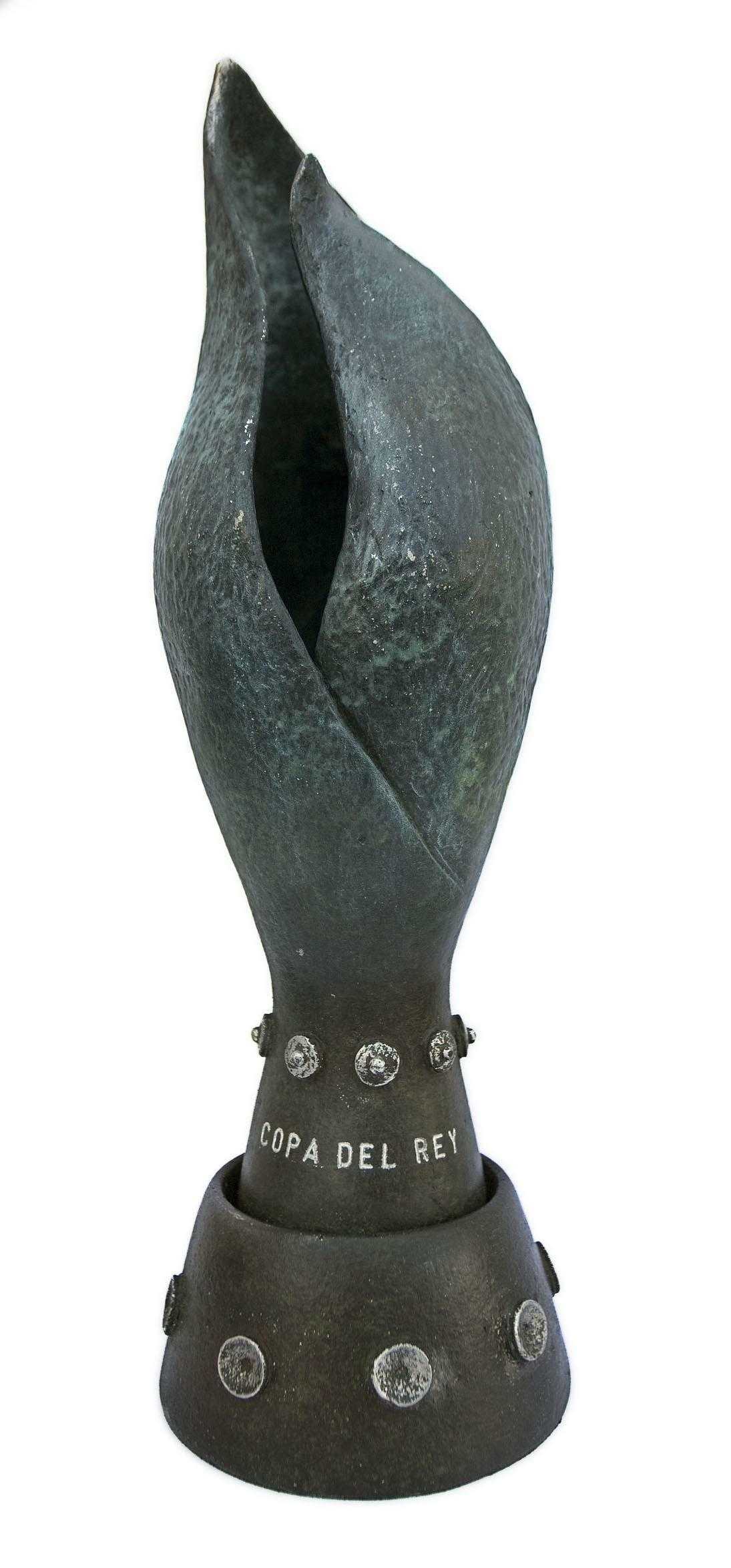
1986-1990: reaching 100 participants
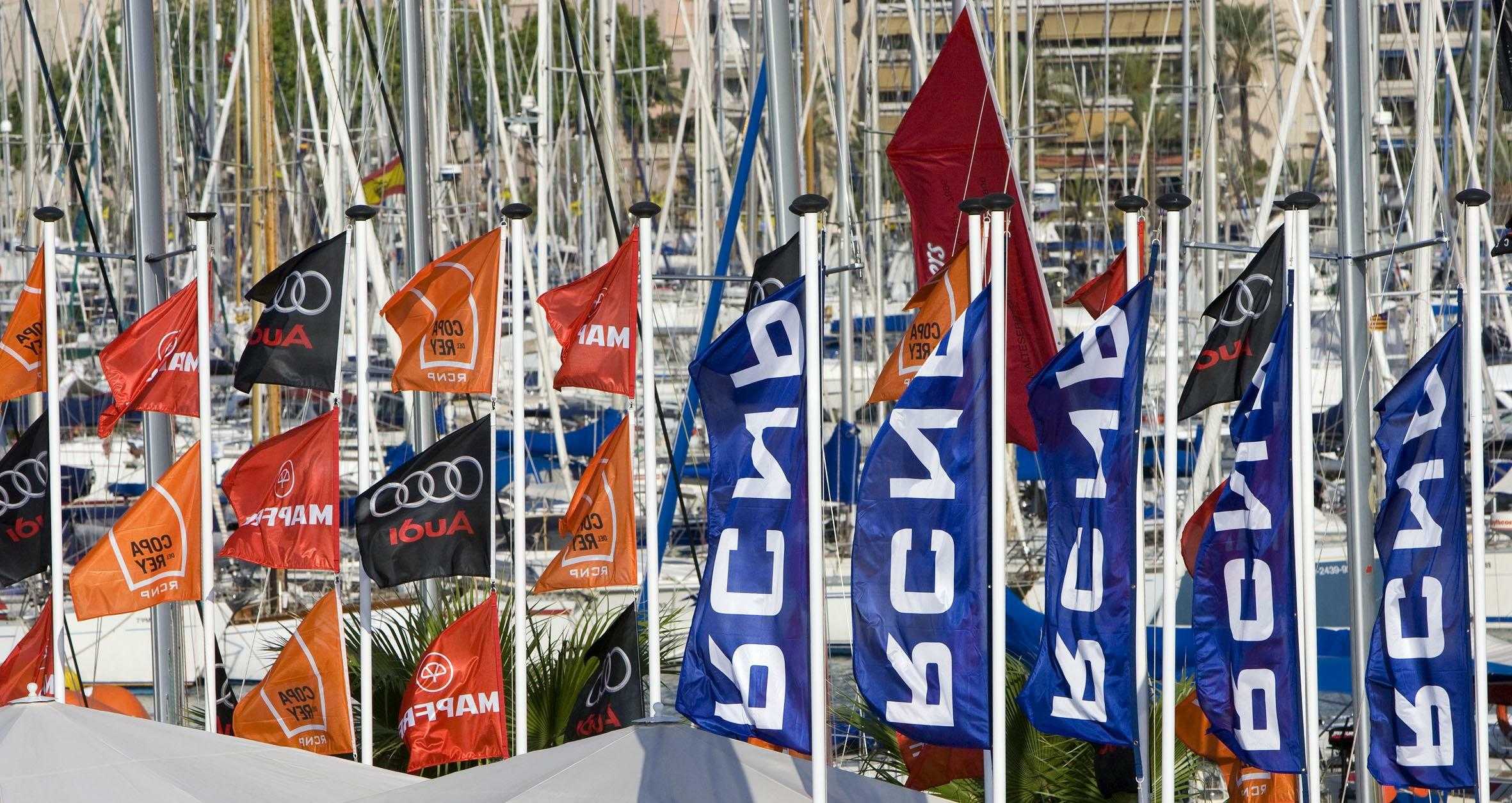
In order to compensate the inequalities within a fleet covered from 80 feet Maxis to 30 feet cruisers, in 1985 the organizers introduced a classification by divisions.
The regatta was registering the average participation of 50 boats each year, and both the RCNP and the Organizing Committee set for new challenge: to break the 100 boats barrier. At the time the One Ton and 3/4 Ton made up the biggest part of the Spanish fleet, the big Maxis, most of them foreigners, had become the main attraction.
In 1987, the regatta counted for the world circuit of this class and the following year the registration reached 106 boats, out of which a third were new. It was a transition period for the fleet to a new system hardly known at the time, the IMS, which made its debut in Palma back in 1989, when the IOR started to decline.
The competition was clearly defined between the Cruiser and Regatta divisions, and gained prestige by being included in the world and continental circuits, as the European Two Tonners in 1990. Among the winners of that year were the 3/4 "Lone", designed by Bruce Farr or "Container" of Udo Schutz.
1991-1995: the peak of the Spanish fleet
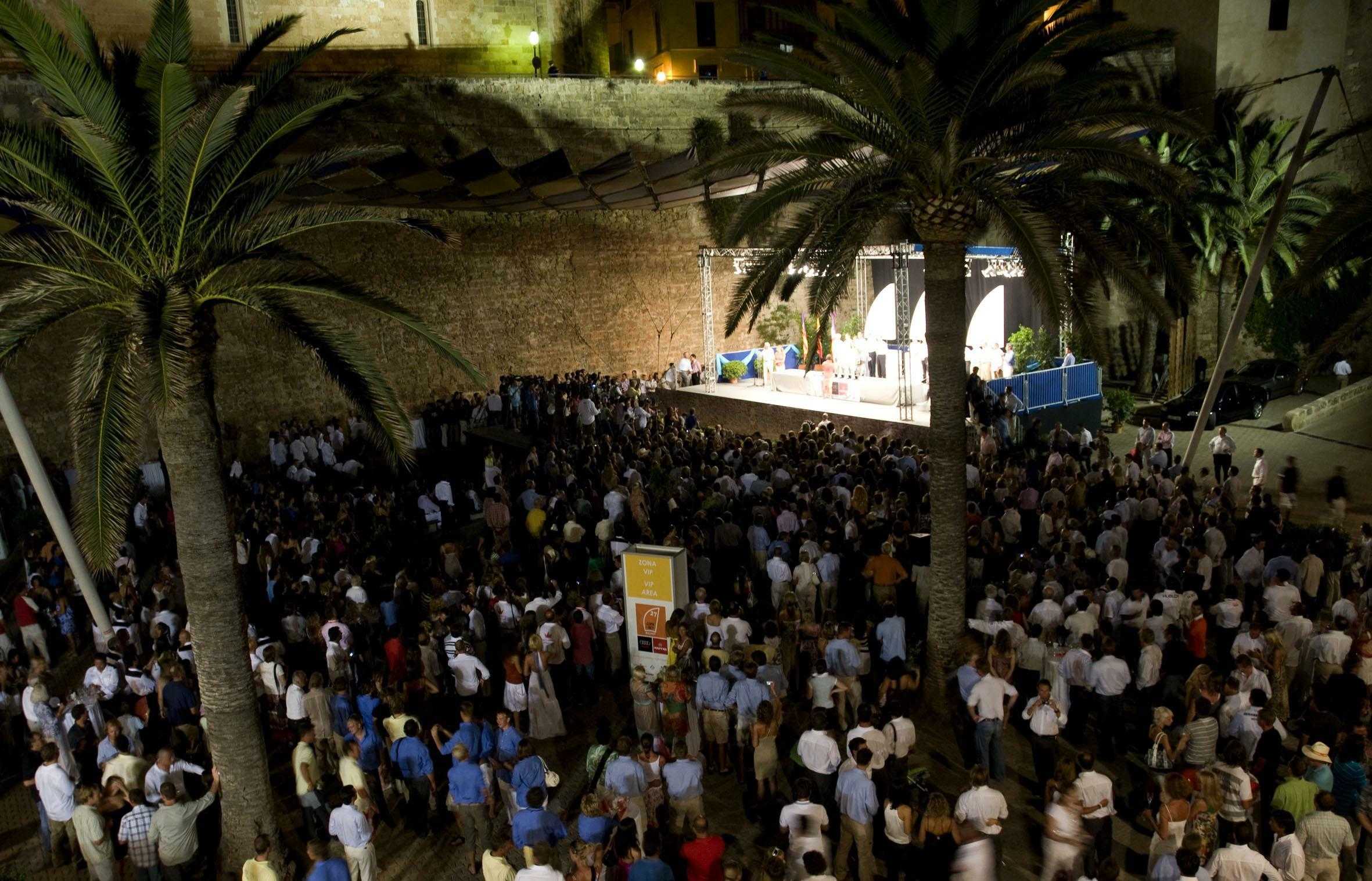
Things were changing and the traditional hegemony of the foreign units in the Copa del Rey gave way to a new batch of Spanish boat owners, skippers and sailors who started to step on the podium during those five years.
Names like Josele and Noluco Doreste, Pedro Campos or Jaime Yllera celebrated their victories during this period, and other national sailors would follow.
Those were also good times for "Bribon" of José Cusí, which won in 1993 and 1994. Both 1992 and 1994 were editions that broke the 100 participants barrier, even though the fleet was immersed in the transition from IOR to IMS, and the adaptations the boats had to undergo to switch from one system to the other.
Neither the economic crisis of 1993 nor the slow extinction of the IOR units affected a Copa del Rey that seemed to have its own beat and wanted to become the first Mediterranean regatta.
Just as a matter of interest, in 1995 the ILC class participated, IMS boats specially conceived to race between them in real time, precursors of the current box rule.
1996-2000: international consolidation
It happened during the 16th edition, in 1998: 127 boats registered. In hardly fifteen years, the regatta of the RCNP had reached the top of competition sailing. But this was not for free.
The development of the IMS system was slow and difficult, and the regatta became a test bench to adjust ratings and make the racing between different boats fairer.
Actually, in 1998, the organizers tried to join all the groups together in the same classification (won by "Estrella Damm" of Ignacio Montes), and this proved to be a failure, what finally led to the establishment of the IMS Regatta and Cruise systems, divided by length, with precise wind measurements and more possibilities for the smaller boats.
This almost perfect order on the water was supported by an immaculate organization ashore, which, together with the regatta's social and sports impact, helped it become the main sailing referent in the Mediterranean: the registration remained over the 100 units.
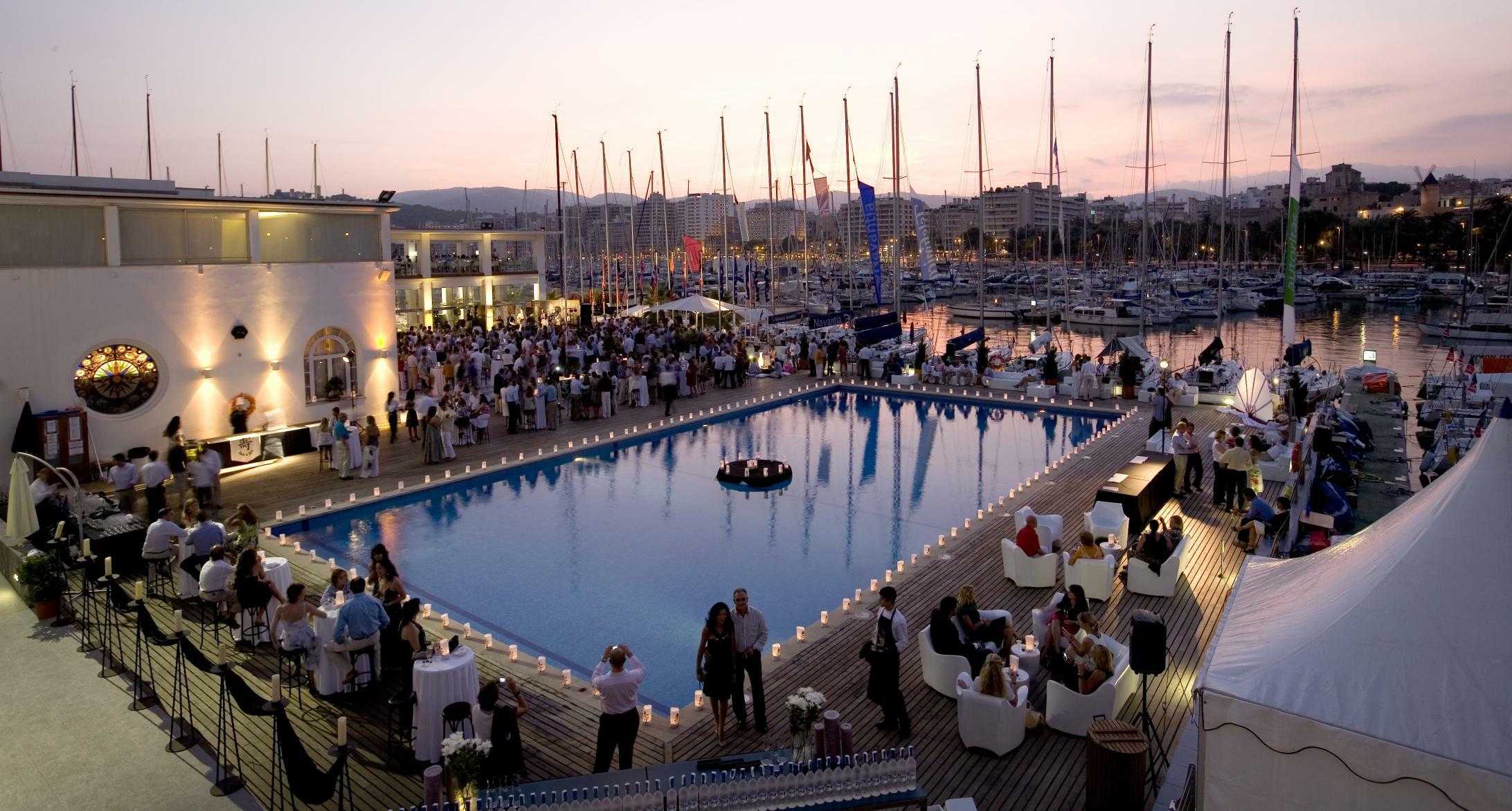
The podium spoke Spanish again; along with consolidated winners like Cusí's "Bribon", in 2000, or José Luis Suevo's "Nationale Nederlanden", in 1997, there were newcomers like "Cutty Shark" of Pelayo de la Mata, which won the Copa del Rey in 1996 and 1997, "Zurich" of Manuel Chirivella (1999), or "Fadesa" (2000) of José Manuel Cardesín.
2001-2008: from "Caixa Galicia" to the powerful TP 52

These were eight long years during which a transition in the measurement and fleet classification systems took place. IMS evolved into three different classes, 500, 600 and 670, but during the last editions the one design and box-rule fleets gained prominence, with the TP 52 and GP 42 classes as referents.
At the beginning of the decade, "Caixa Galicia" of Vicente Tirado was leader, and its performance was to become a non-repeated milestone: "Caixa Galicia" won three years in a row, from 2003 till 2005.
The 2003 edition was attended by several America's Cup sailors in national and international teams and the regatta achieved even more prestige: the best sailors of the world didn't want to miss Palma.
2006 was the last year of Agua Brava as sponsor, and as a prelude of what would end up as the GP 42 class, the IMS 600 turned into a Level Class which also left the compensated time, which was won by "Valle Romano" of Peter de Ridder.
In 2007, Audi becomes the sponsor of the Copa del Rey, together with the Balearic firm Camper.
As a transition year, the organization of the regatta undertakes a deep renovation not only with regards to the classes but also to the philosophy of the regatta. Now that everybody wanted to sail in Palma, a quantum leap was necessary. The result came in 2008, edition were Audi and MAPFRE settle as sponsors of the regatta, which takes in four real time classes, among which the prestigious Swan 45, class that has chosen the Copa del Rey as one of the regattas in their circuit. Besides that, the cornerstone for the new distribution of the compensated time classes was laid, with two divisions in IRC, which would absorb the IMS 570 and 670 in future years.
That, plus the enlargement of the facilities ashore and the improvement of the human resources on the water, helped the regatta become even bigger and better.
Some of the highlights of the last years include the double victory in 2008 of "El Desafío" in TP 52 and GP 42 -the first time that a team wins in two different classes-, or the victory of Jaime Rodríguez-Toubes's "Aifos" in IRC1, the first edition won by a boat belonging to the Spanish army.
2009-2011: transition to the future
Audi and MAPFRE establish themselves as the regatta's main sponsors, and the organization starts restructuring the competition. The implementation of the IRC and RI measuring systems was the first step of the process, with the goal of homogenizing the fleet racing under compensated time ratings, while maintaining the bet on real time racing with the Swan 45, X-35 and X-41 classes, as well as the box rule class TP 52.
This was also the ORC 670's last year as an independent class, a fleet that had attired the largest registration in the latest editions. This year's honours went to Neville Crichton's spectacular "Alfa Romeo", to newcomer Javier Bandera's "Karhu", and to Luis Mas' "Garmin", which signed her third back-to-back victory in the competition.
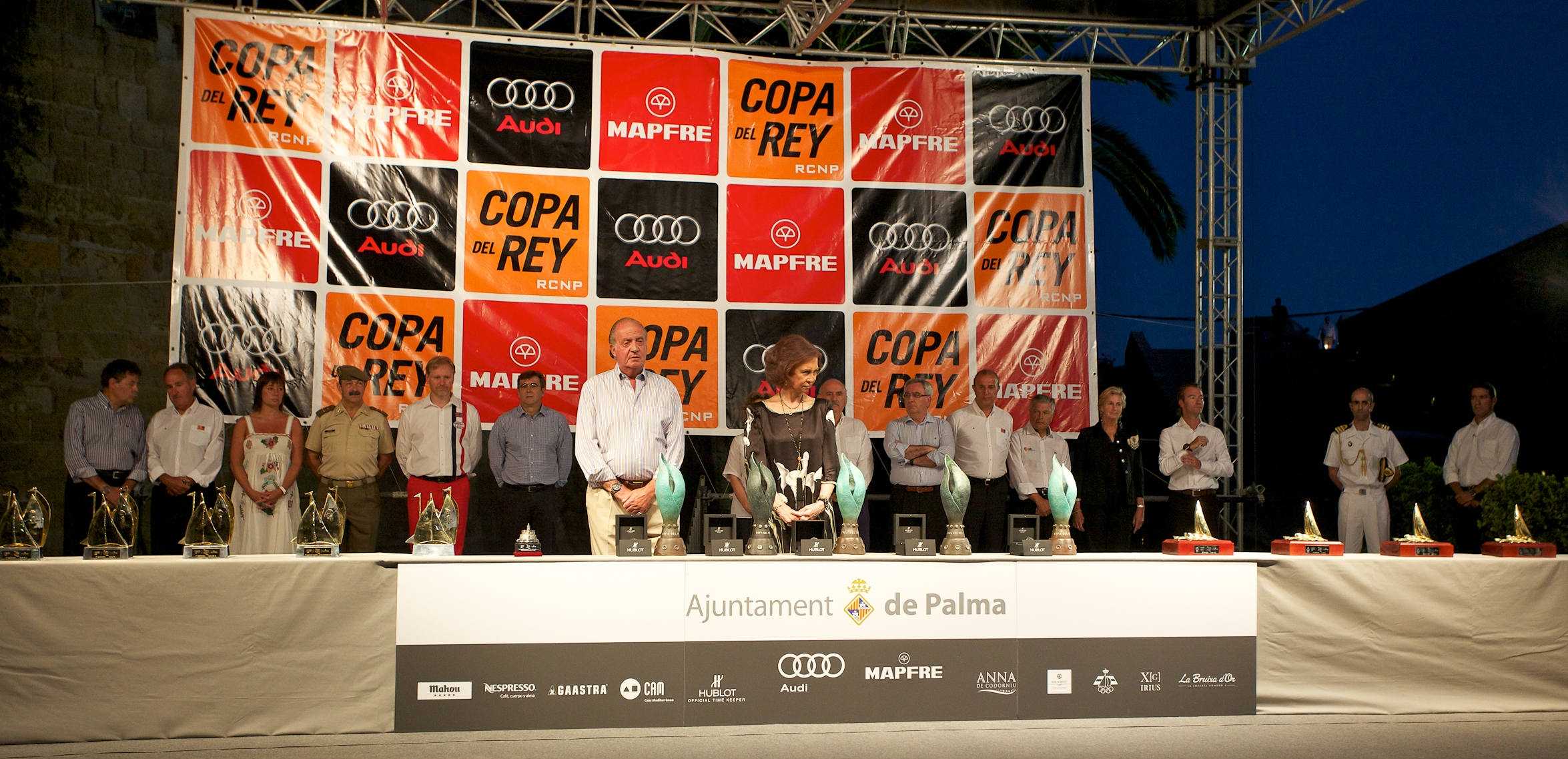
The 2009 seven winners went down to five in 2010. In spite of a crisis that was also affecting the fleet, almost one hundred boats registered for the Copa del Rey, a registration very few regattas can claim to achieve these days.
En 2010 fueron seis los vencedores. La crisis ya azotaba a la flota, sin embargo, no se hacía notar en exceso en la que era la 29ª edición de la cita palmesana volviéndose a rozar la cifra del centenar de participantes, una barrera psicológica de la que pueden presumir muy pocas regatas teniendo en cuenta la actual situación económica.
With the classification divided into IRC A and B, RI 1 and 2, the 2010 outstanding boats were Argentinean Alberto Roemmers' defending champion "Matador", along with Nikklas Zenstrom's "Rán".
One more year the Italian X-35 fleet dominated this class, with "Legalain" at the top.
30th anniversary and sweet farewell for "Bribon"
On its 30th anniversary, two new classes made their debut (Melges 32 and J/80) and we experienced the historic victory of the TP 52 of José Cusí, the only owner participating in all the editions, and whose "Bribon" saga was about to leave the world of high competition. It was the sixth title for the owner with the best track record of the competition.
110 ships met on the Bay of Palma in 2012, divided into seven classes. The London 2012 Olympic Games forced the dates to be moved forward to mid-July, racing from July 16th to 21st. The winners of the 32nd edition were "Rán" (IRC 0), "Audi All For One" (IRC1), "Swanderfull" (RI 1), "Powerplate" (RI 2), "Margherita - Jsteam" (X-35), "Alegre" (Soto 40) and "MAPFRE" (J/80).
The 32 Copa del Rey MAPFRE was celebrated from July 27th to August 3rd, 2013, with MAPFRE as the only main sponsor. It had an intense social programme on shore and more than 110 boats from 24 countries divided into eight classes. Five of these classes compete in handicap system - IRC 0, IRC 52, IRC 1, ORC 1 and ORC 2 and three compete in real time - Soto 40, X-35 and J/80.
The victors were the British Alegre" in the Hublot IRC 0 class, the Italian "B2" in the Hublot IRC 1, the American "Quantum Racing" in the Gaastra IRC 52 class, the Spanish "Rats on Fire" in G.H. Mumm ORC 1, "Movistar" in G.H. Mumm ORC 2, "Vamos Spain" in Nespresso Soto 40, the Italian "Margherita" in La Caixa X-35 class and the Spanish "Turismo do Algarve" in the Mahou J/80 class.
The Prince Felipe presided over the prize giving ceremony of the 32 Copa del Rey MAPFRE, which was held in the cultural center of Ses Voltes in Palma.
2014: First event for Felipe VI as King of Spain
117 boats from 22 different nations competed in the 33 edition of the Copa del Rey MAPFRE during the first week in August, and that has become the first regatta in which Felipe VI participated as King of Spain.
Six racing days, decided the winners of the eight participating classes on the last competition day.
The overall winners have been: the American boats Shockwave (Gaastra IRC 0) y Quantum Racing (Barclays 52 Super Series), the Italian Hurakan (Gaastra IRC 1) and Lelagain (Nespresso X-35), the Russian Bronenosec (Gazprom Swan 60) and the Spanish, Rats on Fire (BMW ORC 1), Movistar (BMW ORC 2) and Noticia (Herbalife J80).







